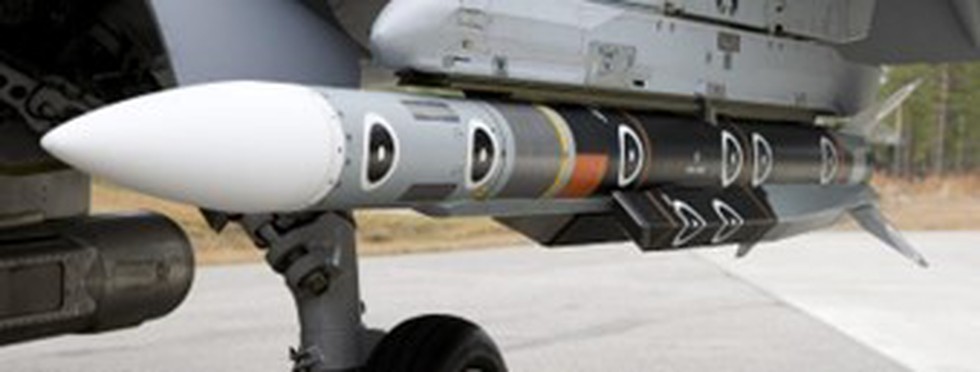
About the Meteor Missile:
- Meteor is a next-generation, active radar-guided, beyond-visual-range air-to-air missile (BVRAAM) system.
- It is manufactured by MBDA Systems for six European nations.
- It is capable of striking different types of targets simultaneously in almost any weather.
- Primary operators: UK, Germany, Italy, Spain, France, and Sweden.
- Features:
- It has a length of 3.65m and a diameter of 0.178m.
- It has a combat range of 200 km.
- Designed for a speed greater than Mach 4, the missile has a large no-escape zone.
- It is powered by a solid-fuel variable-flow ducted rocket (ramjet). It provides the Meteor missile with the capability to maintain consistent high speeds.
- Its ramjet air-breathing engine allows the missile to adjust its velocity based on its target’s maneuvers.
- The missile is equipped with a blast-fragmentation warhead.
- The missile system is installed with an active radar target seeker, offering high reliability in the detection, tracking, and classification of targets.
- It is equipped with a two-way datalink, which allows the launch platform to provide updates on targets or re-targeting when the missile is in flight.
- The datalink is capable of transmitting information such as kinematic status. It also notifies target acquisition by the seeker.
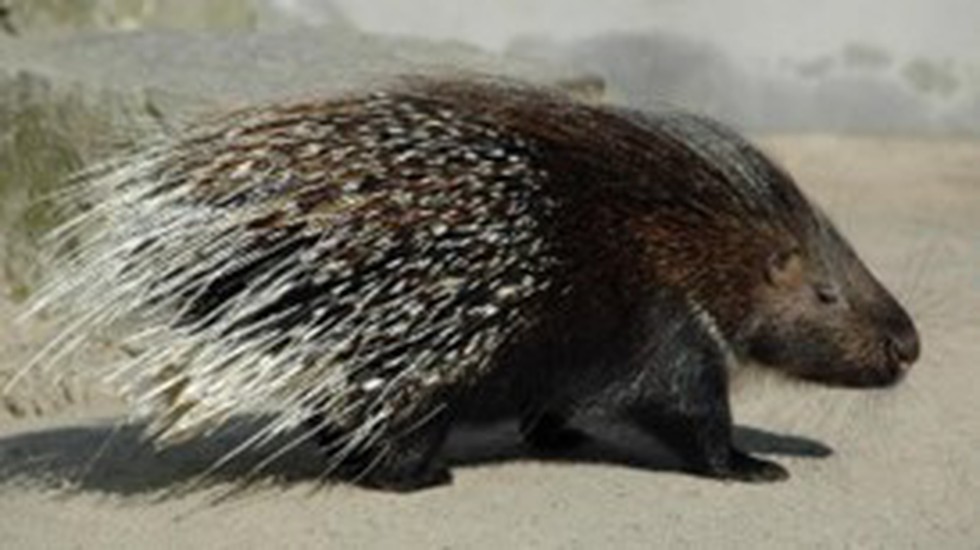
About Indian Porcupine:
- It is a large rodent native to Southern Asia and the Middle East.
- It belongs to the Old World porcupine family, Hystricidae.
- Scientific Name: Hystrix indica
- Geographical Range: It is found throughout southeast and central Asia and in parts of the Middle East, including such countries as India, Nepal, Bhutan, Bangladesh, Sri Lanka, Pakistan, Israel, Iran, and Saudi Arabia.
- Habitat:
- It mainly occurs on rocky hill sides but is also found in tropical and temperate scrublands, grasslands, and forests.
- They are also found throughout the Himalayan Mountains, reaching up to elevations of 2400 meters.
- Features:
- On average, the Indian porcupine's head and body measure 70-90 centimeters (cm) in length, with a very short tail and spines flowing from the forehead all over its body.
- Weight: 10-20 kg
- Average Lifespan: 18 to 20 years
- Quills: A porcupine’s best defense is the formidable set of quills on its back. But it can’t “throw” them. When alarmed, the Indian Porcupine launches its quill for a backward attack. The quills come loose and stick to the skin, eyes, or mouth.
- Each quill is brown or black in color, with alternating bands of white.
- The feet and hands are broad, with long claws that are used for burrowing.
- It is nocturnal, with the species seeking shelter in caves, between rocks, or in its burrow during the day.
- Diet: They have a very broad and mostly herbivorous diet. They primarily feed on fruits, grains, roots, and other vegetable material, supplementing their diet by chewing bones, which provide them with the required minerals.
- Conservation Status:
- IUCN Red List: Least Concerned
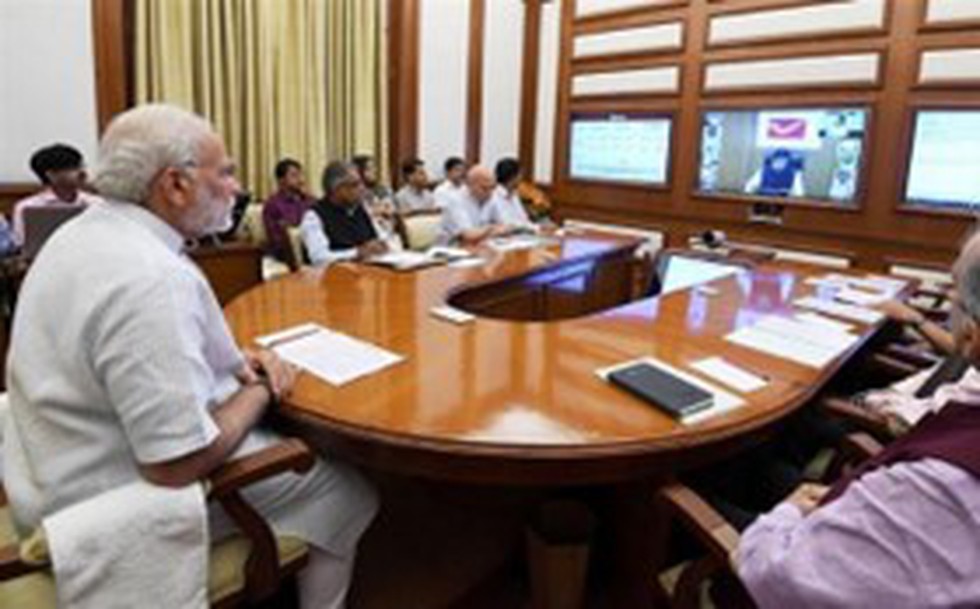
About the PRAGATI Platform:
- PRAGATI stands for Pro-Active Governance and Timely Implementation.
- It is a multi-purpose and multi-modal platform that is aimed at addressing common man’s grievances and simultaneously monitoring and reviewing important programmes and projects of the Government of India as well as projects flagged by State Governments.
- The platform was launched on March 25, 2015.
- It is designed in-house by the PMO team with the help of the National Informatics Center (NIC).
- It is also a robust system for bringing e-transparency and e-accountability with real-time presence and exchange among the key stakeholders.
- This platform is combined with the three latest technologies, that are-
- Video-conferencing
- Digital data management and
- Geo-spatial technology.
- It provides a unique combination for cooperative federalism. This is done by bringing the Chief Secretaries of the states and the Secretaries of the GOI on one platform.
- The PM can discuss the issues at ground level with this platform. He can communicate with concerned state and central officials with full information. Besides this, he can have the latest visuals of the information on the screen.
- Main features of PRAGATI platform:
- It works on a three-tier system.
- The Prime Minister will conduct a meeting every month. He will interact with secretaries and chief secretaries of the GOI via video conferencing.
- It is held every month on the Fourth Wednesday at 3.30 PM- known as PRAGATI Day.
- Issues to be flagged before the PM is picked up from the available database regarding public grievances, on-going Programmes, and pending projects.
- The system will ride on, strengthen, and re-engineer the data bases of the CPGRAMS for grievances, the Project Monitoring Group (PMG) and the Ministry of Statistics and Programme Implementation. PRAGATI provides an interface and platform for all these three aspects.
- It will also take into consideration various correspondences to the PM’s office by the common people or from high dignitaries of States and/or developers of public projects;
- The issues flagged are uploaded seven days prior to the PRAGATI day (e. on third Wednesday of every month). These issues can be viewed by the Union Government Secretaries and Chief Secretaries after entering into the application.
- Union Government Secretaries and Chief Secretaries will be able to see the issues pertaining to their Department /State.
- Union Government Secretaries and Chief Secretaries have to put their comments and updates about the flagged issues within three days (i.e. by next Monday).
- One day, Tuesday, is available to the PMO team to review the data entered by the Union Government Secretaries and Chief Secretaries.
- The design is such that when PM reviews the issue, he should have on his screen the issue as well as the latest updates and visuals regarding the same.
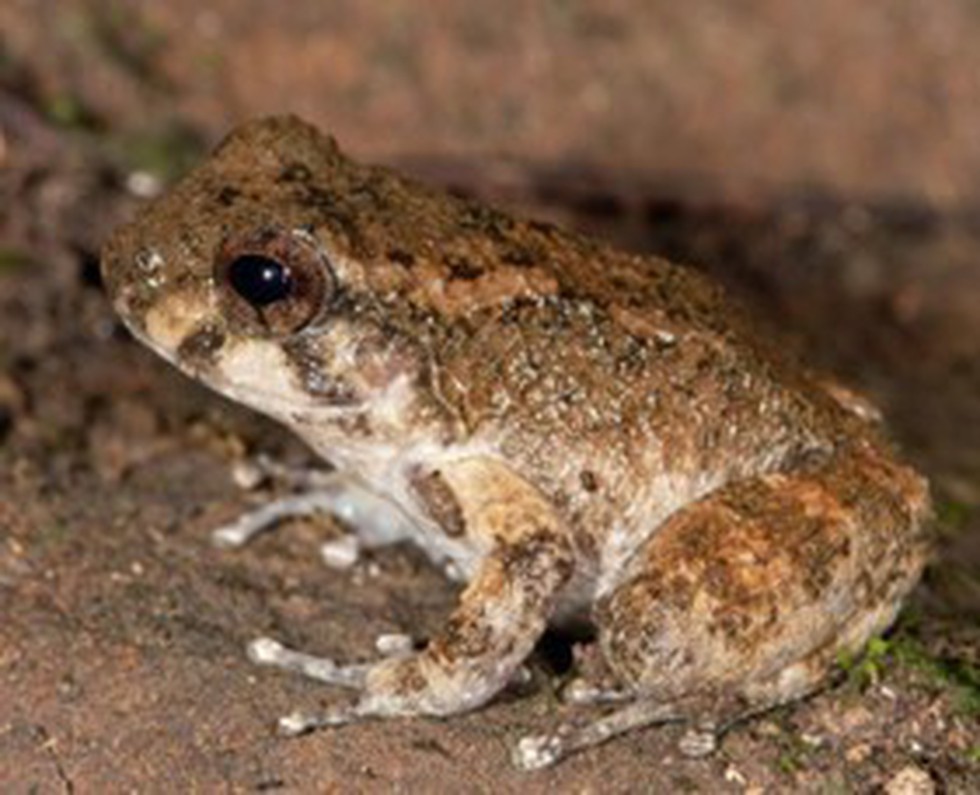
About Alcalus fontinalis:
- It is a newly discovered species of frog.
- It was discovered in the Namdapha Tiger Reserve, Arunachal Pradesh.
- The frog appeared to be a mix of a bush frog and a water frog.
- The researchers used multiple lines of evidence using morphological, osteological, and molecular analysis, revealing they are no ordinary frogs but members of a dwarf mountain frog of the genus Alcalus, hitherto unknown from India.
- It was formally named Alcalus fontinalis, meaning “spring or fountain,” referencing the tiny streams or brooks where the frog was found.
- The new species stands out from its congeners due to a unique combination of morphological features.
- These include a snout-vent length of 27–28 mm in males and 29.9–36.2 mm in females, a disc on fingers and toes with a horizontal/transverse groove on the dorsal surface, wrinkled dorsal skin, and a pair of faint dorsolateral stripes on the back.
Key Facts about Namdapha Tiger Reserve:
- It is India’s easternmost tiger reserve.
- It is located in the Changlang district of Arunachal Pradesh, near the international border with Myanmar.
- The area is located between the Dapha Bum ridge of the Mishmi Hills, outspurs of North Eastern Himalayas and the Patkai Ranges.
- It was declared in the year 1983.
- Vegetation: Evergreen Forests, Moist deciduous forests, sub-tropical forests, Temperate Forests and Alpine.
- Climate:
- The Namdapha Protected area, being 27 degrees north of Equator, enjoys a sub-tropical climate.
- However, the climate of the area varies from place to place inside the protected area due to variations in altitude from 200 m to 4571m and the area also being a zone of heavy rainfall.
- Namdapha river:
- Namdapha is, in fact, the name of a river which originates from Daphabum and meets the Noa-Dehing River.
- This river flows right across the reserve in a North-South direction and hence the name Namdapha.
- Flora: The Botanical Survey of India has recorded 73 species of lichens, 56 species of Bryophytes, 110 species of Pteridophytes, 5 species of Gymnosperms, and 801 species of Angiosperms.
- Fauna: Elephants, Himalayan Black Bear, Himalayan Sun Bear, Hoolock Gibbon (only Ape in India), Slow Loris, large herbivores such as Goral, Serow, Sambar, Pig, and Malayan Giant Squirrel.

Why in the news?
- Planned to be launched in early 2024, Vikram-I will be Skyroot's second rocket, after the successful launch of the Vikram-S rocket on November 18 last year, when the space start-up became the first company to launch a private rocket from the ISRO’s launch centre in Sriharikota.
About Vikram-1 Rocket:
- Vikram-1, named after the father of India’s space programme, Vikram Sarabhai, is a multi-stage launch vehicle with a capacity to place around 300 kg of payloads in low-earth orbit.
- It has been built by Hyderabad-based Skyroot Aerospace, a space startup.
- It is an all-carbon-fibre-bodied rocket that can place multiple satellites into orbit.
- Being a solid-fuel rocket and using relatively simpler technologies would mean that launching this vehicle would require minimal infrastructure and that the rocket could be assembled and launched within 24 hours from any site.
What is Low Earth Orbit (LEO)?
- A low Earth orbit (LEO) is, as the name suggests, an orbit that is relatively close to Earth’s surface.
- It is normally at an altitude of less than 1000 km but could be as low as 160 km above Earth, which is low compared to other orbits but still very far above Earth’s surface.
- By comparison, most commercial aeroplanes do not fly at altitudes much greater than approximately 14 km, so even the lowest LEO is more than ten times higher than that.
- The majority of satellites are to be found in LEO, as is the International Space Station (ISS).
- In order to remain in this orbit, a satellite has to travel at around 17,500 miles per hour (7.8 kilometres per second), at which speed it takes around 90 minutes to complete an orbit of the planet.
- LEO’s close proximity to Earth makes it useful for several reasons. For example, it is the orbit most commonly used for satellite imaging, as being near the surface allows it to take images of higher resolution.
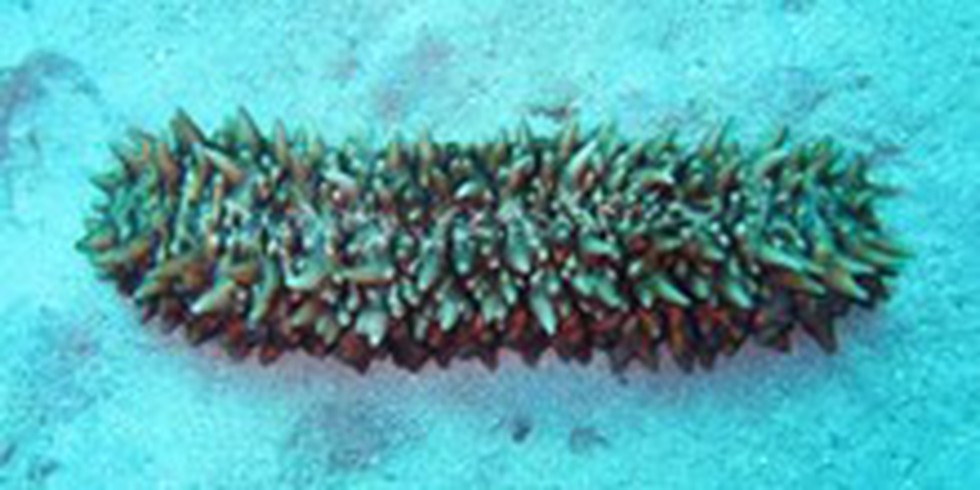
About Sea Cucumber:
- This species is a part of a larger animal group called echinoderms and is invertebrates that lives on the seafloor.
- Their body shape is similar to that of a cucumber, but they have small tentacle-like tube feet that are used for locomotion and feeding.
- There are about 1,250 species of sea cucumber, all of which belong to the taxonomic class Holothuroidea.
- Habitat:
- They are found in all marine environments throughout the world, from shallow to deep-sea environments.
- These are benthic, meaning they live on the ocean floor.
- They excrete inorganic nitrogen and phosphorus, enhancing the productivity of benthic biota.
- Reproduction:
- They exhibit both sexual and asexual reproduction.
- Unlike most terrestrial animals, sea cucumber eggs undergo external fertilization—females release eggs into the water that are fertilized when they come into contact with sperm that males have released.
- Conservation status
- CITES: Appendix II
- Wildlife Protection Act of 1972: Schedule I

About the United Nations Forum on Forests:
- It promotes the management, conservation, and sustainable development of all types of forests.
- It was established in 2000 by the UN Economic and Social Council of the United Nations (ECOSOC).
- The Forum meets annually at the UN Headquarters in New York, bringing together representatives of all member states and forest-related agencies for high-level dialogue on technical matters in odd years and policy matters in even years.
- The forum has universal membership, and is composed of all Member States of the United Nations and specialized agencies.
- India is a founding member of UNFF.
What is the Country-Led Initiative (CLI)?
- Its primary goal is to contribute to the discussions of UNFF regarding the implementation of Sustainable Forest Management and the UN Strategic Plan for Forests.
- It also aims to facilitate the sharing of best practises among UNFF member States for the implementation of SFM and UNSPF.
- This year, CLI will discuss thematic areas involving forest fires and forest certification.
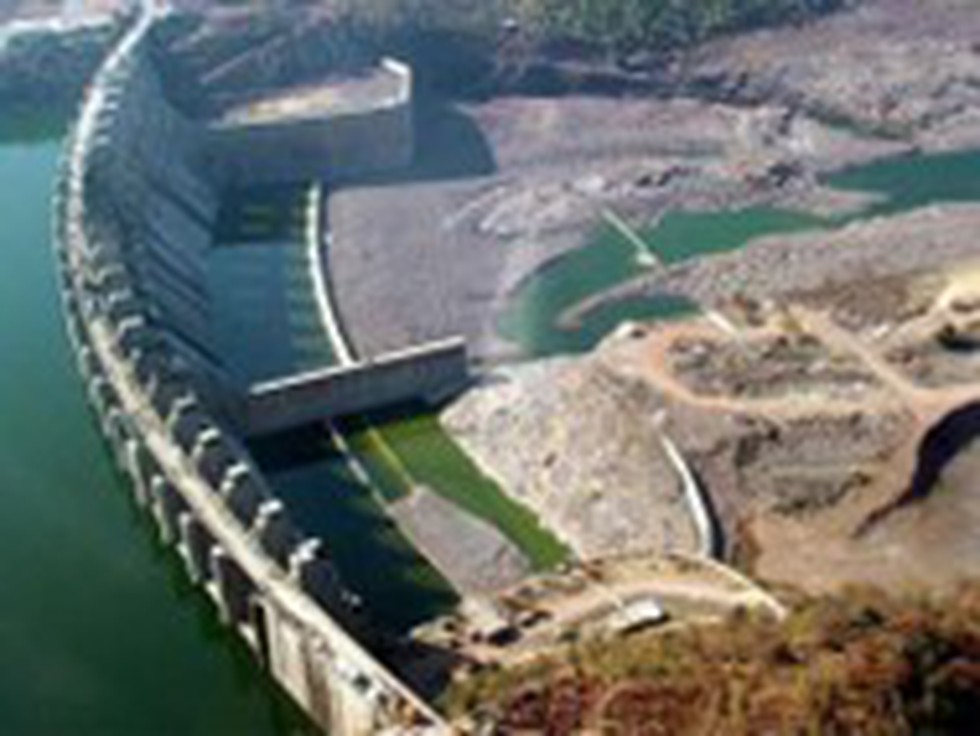
About the Jamrani Dam Multipurpose Project:
- The project envisages the construction of a dam near Jamrani village across river Gola, a tributary of river Ram Ganga, in the Nainital district of Uttarakhand.
- A substantial part of irrigation benefits of the project would flow to the neighbouring state of Uttar Pradesh.
- This project is the seventh project to be included in the PMKSY-AIBP list.
Key facts about Pradhan Mantri Krishi Sinchayee Yojana
- It was launched in 2015-16.
- Aim: To enhance physical access to water on farms, expand cultivable areas under assured irrigation, improve on-farm water use efficiency, and introduce sustainable water conservation practices.
- Components
- Accelerated Irrigation Benefit Programme (AIBP): To focus on faster completion of ongoing Major and Medium Irrigation including National Projects.
- Har Khet Ko Pani (HKKP): It consists of four sub-components, being Command Area Development & Water Management (CAD&WM), Surface Minor Irrigation (SMI), Repair, Renovation and Restoration (RRR) of Water Bodies, and Ground Water (GW) Development component.
- Other components
- Per Drop More Crop(PDMC): It is being implemented by the Department of Agriculture and Farmers Welfare.
- The Watershed Development component (WDC): It is being implemented by the Department of Land Resources
- Nodal Ministry: Department of Agriculture & Farmers Welfare, Ministry of Agriculture & Farmers Welfare.
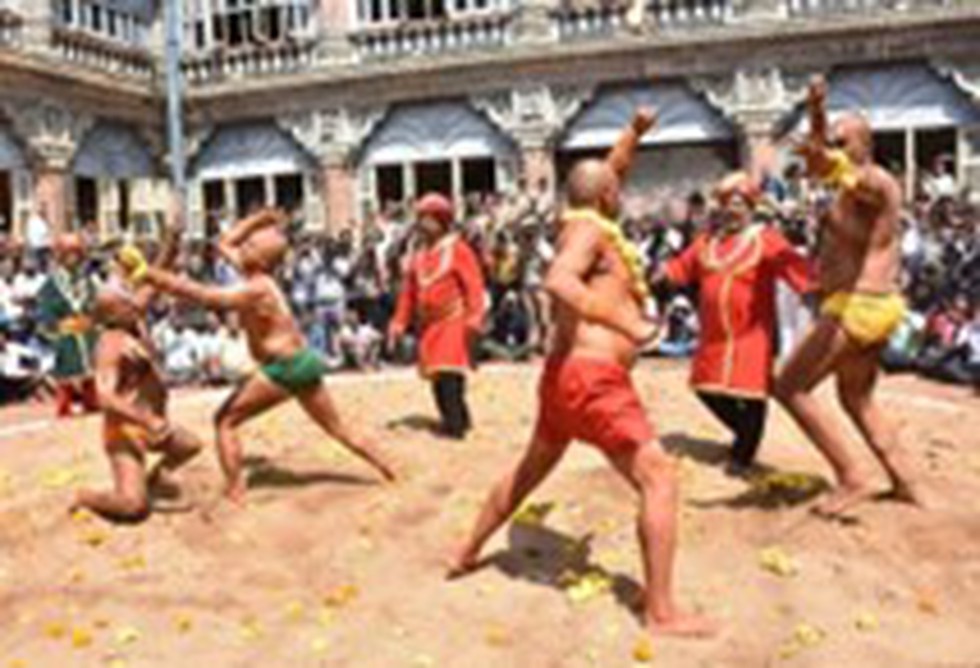
About Vajra Mushti Kalaga:
- It is a unique Indian martial art that incorporates various techniques of hand-to-hand combat like grappling, wrestling, and striking.
- Vajra Mushti, which literally means Thunderbolt Fist, is characterised by the utilization of a knuckleduster, a small metal weapon.
- The knuckleduster, also known as Vajra Mushti, is usually made of animal horns and worn on the knuckles of the fighter.
- The main objective of this Indian martial art form is to neutralise the opponent and counter his weapon.
- It is a form of wrestling different from conventional grappling and entails two jettys taking a swipe at each other’s heads with a knuckleduster.
- Whoever draws the blood from the opponent’s head first is declared the winner.
- This form of wrestling was popular during the period of the Vijayanagar rulers, who reigned between the 14th and the 17th centuries.
- The fight is real, and the jetty’s make all efforts to draw blood from the opponent’s head, and a referee intervenes upon noticing the first drop.
- Mediaeval travellers from Portugal noticed this form of wrestling during the Navaratri celebrations in Vijayanagar empire and have left detailed accounts of it.

About the Nancy Grace Roman Space Telescope:
- It will provide one of the deepest-ever views into the heart of our Milky Way galaxy.
- Objectives: The mission will monitor hundreds of millions of stars in search of tell-tale flickers that betray the presence of planets, distant stars, small icy objects that haunt the outskirts of our solar system, and isolated black holes.
- It will have two instruments
- Wide Field Instrument: It will have a field of view that is 100 times greater than the Hubble infrared instrument, capturing more of the sky with less observing time.
- It will measure light from a billion galaxies over the course of the mission's lifetime.
- It will perform a microlensing survey of the inner Milky Way to find ~2,600 exoplanets.
- Coronagraph Instrument: It is a technology demonstration which will perform high contrast imaging and spectroscopy of individual nearby exoplanets.
- Its Galactic Bulge Time-Domain Survey will focus on the Milky Way.
- For this, it will use infrared vision to peer through clouds of dust that can potentially block the view of the crowded central region of our galaxy.
- This telescope plans to capture this by taking an image every 15 minutes around the clock for about two months.
- This process will be repeated six times over Roman's five-year primary mission, which will total more than a year of observations.
- Scientists will also conduct stellar seismology studies on a million giant stars.
- This will be done by analysing the brightness changes a star undergoes when sound waves are echoed through its gaseous interior.
- This will help them learn about the star's structure, age and other properties.
Key facts about Milky Way galaxy
- Galaxy type:Barred spiral
- Age: 13.6 billion years (and counting)
- Size: 100,000 light-years across





























































































































































.png)
.png)
.png)
.png)
.png)


.png)
.png)
.png)





.png)
.png)



.png)
.png)
.png)
.png)
.png)
.png)
.png)
.png)
.png)

.png)







.png)
.png)


.png)
.png)
.png)


.png)

.png)
.png)





.jpg)

.png)
.png)


.png)

.png)
.png)
.png)

.jpg)

.jpg)


.png)

.png)
.png)
.png)
.png)
.png)
.png)
.png)
.png)
.png)
.png)




.png)

.png)





.png)
.png)
.png)
.png)
.png)
.png)
.png)
.png)
.png)
.png)
.jpg)
.jpg)

.png)
.png)
.png)
.png)
.png)
.png)
.png)
.png)
.png)
.png)
.png)
.png)
.png)
.png)
.png)
.png)
.png)
.png)
.png)
.png)
.png)
.png)



.png)
.png)

.jpg)
.jpg)


.jpg)
.jpg)
.jpg)
.jpg)
.jpg)

.jpg)








.jpg)
.jpg)
.jpg)
.jpg)
.jpg)

















.jpg)
.jpg)







.jpg)


















.jpg)
.jpg)






























































































.jpg)
.jpg)


























.jpg)

.jpg)










.jpg)








.jpg)




.jpg)










.jpg)


















.jpg)












































.jpg)














.jpg)
.jpg)
.jpg)





.jpg)

.jpg)
.jpg)





































































.jpg)


































.jpg)
.jpg)
















































.jpg)












.jpg)


.jpg)




.jpg)
.jpg)
.jpg)

.jpg)
.jpg)
.jpg)
.jpg)

.jpg)
.jpg)
.jpg)

.jpg)
.jpg)
.jpg)
.jpg)
.jpg)
.jpg)
.jpg)
.jpg)

.jpg)


.jpg)
.jpg)
.jpg)
.jpg)
.jpg)
.jpg)
.jpg)
.jpg)
.jpg)
.jpg)











.jpg)
.jpg)





.jpg)
.jpg)
.jpg)
























.jpg)
























.jpg)









.jpg)
.jpg)







.jpg)
.jpg)









































.jpg)
.jpg)
.jpg)
.jpg)
.jpg)

.jpg)
.jpg)
.jpg)
.jpg)
.jpg)


.jpg)
.jpg)
.jpg)
.jpg)
.jpg)

.jpg)
.jpg)
.jpg)
.jpg)
.jpg)
.jpg)
.jpg)
.jpg)
.jpg)
.jpg)
.png)

.png)
.png)

.png)
.png)
.png)
.png)


.jpg)
.jpg)

.jpg)
.jpg)
.jpg)

.png)
.png)
.png)
.png)
.png)
.png)
.png)

.png)
.png)
.png)
.png)
.png)
.png)
.png)
.png)
.png)
.png)





































































-min.png)



.png)




.png)








































